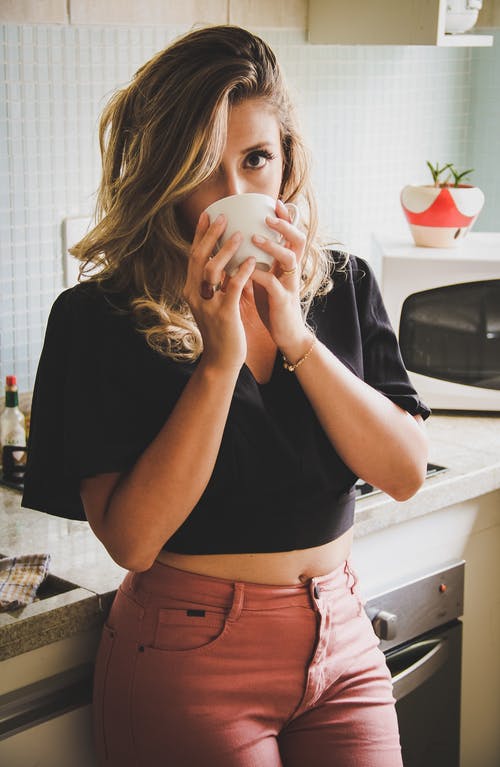When it comes to hair dye highlighting and Balayage techniques and trends, sometimes the differences are so nuanced that it’s hard to keep them clear. Never be afraid. We’re here with a manual that breaks down the hottest trends once and for all. Balayage, lowlights. Read on to find out what sets all these styles apart.
WHAT IS BALAYAGE?
Balayage, pronounced BAH-LEE-AHGE, is essentially a French word meaning ‘balayage,’ like sweeping a highlighter to create highlights. Balayage is the freehand painting technique of highlights in the hair, making a smooth and natural gradation of lightness towards the ends. The result is the look of summers at the beach or the cold, unintentionally perfect child highlights. This natural highlighting technique is great for blondes and is used on all hair shades to create a soft, hollow dimension.
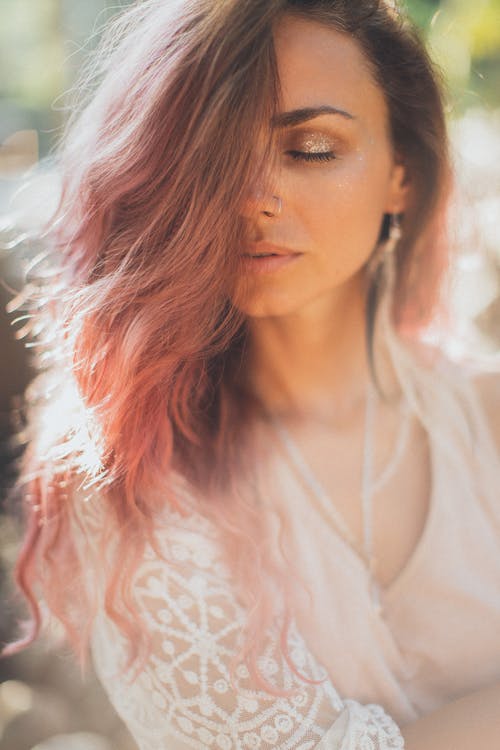
Of course, there are differences in application preferences: some colourists do not part their hair, while others part it with pieces of cotton, and others prefer to use foil as a septum. There are different nuances of application which lead to slightly different results. The main reason that balayage has become so popular is that colourists can hand-choose which strands of hair they want to highlight. Due to the custom placement and natural-looking balayage, it also allows for smoother growth.
WHAT’S THE DIFFERENCE BETWEEN THE HIGHLIGHTS AND THE BALAYAGE?
The highlight is a general term that merely refers to hair that is lighter than the base hue. Contrary to popular belief, highlights are non just intended for blondes but can also refer to sparkling curls in any hair colour. Highlights are conventionally applied using a method called “gilding,” which involves using aluminium foil to separate sections of hair that have been coating with paint or highlighter before setting. Wrap them in the sheet to be treated.
The film prevents the highlighter from penetrating the surrounding hair and retains heat so that the highlighter can be lifting more effectively. Aluminium highlights are usually placing near the scalp, which lightens the hair from root to tip for a fully highlighted look.
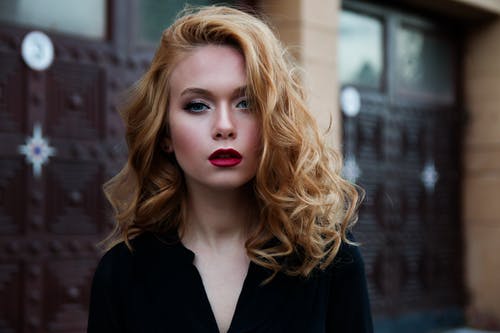
Balayage is a freehand technique for applying highlights and generally doesn’t use foil to part your hair. Balayage usually starts at the roots and focuses in the middle of the hair shafts and ends.
Read More: Are Scrunchies Better For Your Hair Than Hair Ties
How does the Balayage process work?
Balayage is usually done with bleach and usually involves round or glossy toner as well. It is optional that you check with your colourist before booking your balayage appointment so that you both have plenty of time to discuss the most suitable solution for you before the bleach day. Each position is somewhat different depending on the current condition of your hair and the desired result. Here is a general framework of what to expect during your exam appointment, which can last anywhere from 3 to 5 hours.
Your colourist will assess your hair:
Even if you’ve come for a consultation, your colourist will first assess your hair and inspiration photos (be sure to bring a few that set your hair colour goals for your hair). They may ask you some questions about how often you heat your hairstyle, how you divide your hair, how you style it usually, how often you are willing to come back for a touch-up, and if you’re ready to cut before committing. Decide on the final colour scheme for the day.
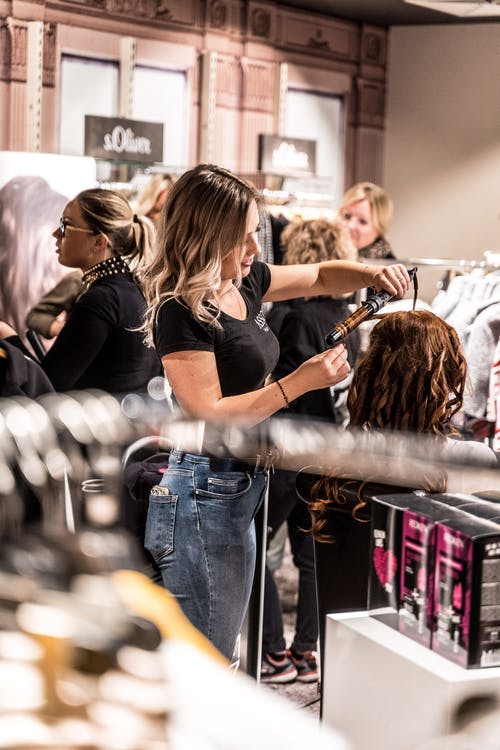
Cut and paint your hair by hand:
When you and your colourist have a final colour scheme based on your goals and lifestyle, mix up a highlighter and bring it to the station where you are. That is your opportunity to go to the bathroom, make sure you have a drink and your phone/book/magazine is on your lap because once the painting process starts, you will sit in your chair for 1-2 hours depending on how much hair do you have and how much hair do you light up?
Your colourist works in sections, panting selected strands into an area of hair and then covering them with cotton or saran so that the highlighter does not fade on unwanted sections of hair. The easier it is, the smaller the teams and the more strands of each section they paint. During this time, prepare to answer follow-up questions related to your stylist’s problems, such as B. What your natural hair texture looks like (and whether you tend to use your natural hair texture).
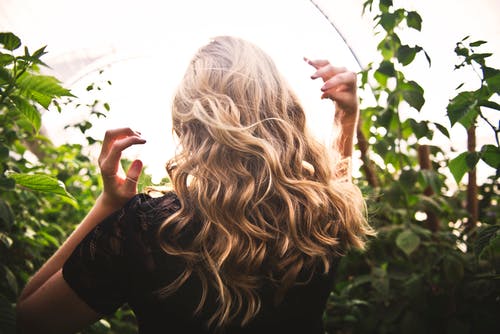
Sitting under the dryer:
After 1 to 2 hours, your colourist will likely allow you to sit under a dryer to speed up the lightening process (highlighter works faster in hot weather). The highlighter starts to work on contact, so your hair will slowly lighten as the highlighter has been applying to each section. For this reason, your colourist can only blow-dry the second half of your head (since the highlighter has settled in the first section of your hair the longest).
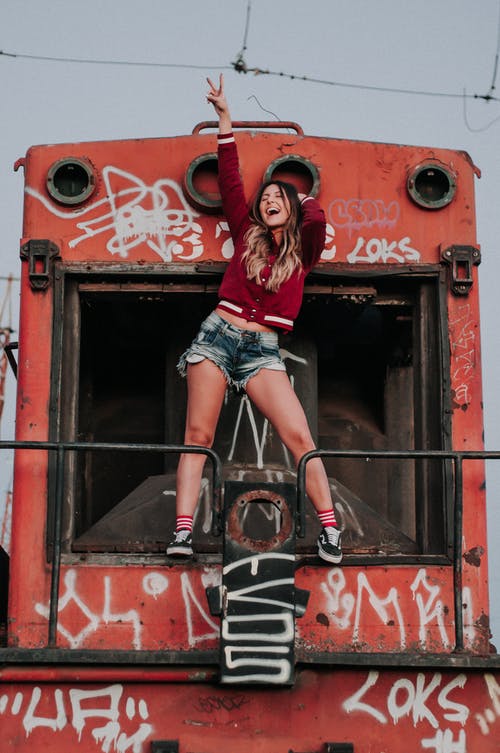
If you have fragile hair or want more subtle highlights, your colourist can completely ignore the hairdryer and just let you sit in the chair without the heat while the bleach does its magic. In either case, you can wait 15 to 45 minutes for the bleach to cure. Your colourist will come in several times during this time and check how your hair is reacting to make sure your strands don’t get too light.
Read More: What Is The Most Popular Nails Shape In 2020
Rinsing and applying a protein treatment:
Once your stylist determines your locks have been lightening the right shade, head to the bowl for a rinse. It is not uncommon for your stylist’s assistant to do this part, and you can be sure that they are specially training to do these steps correctly. Since bleaches can be harsh on your hair, chances are you will be certain a protein treatment like Olaplex to rebuild the bonds in your hair.
Glitter application:
While bleach will lighten your hair if your stylist paints it by hand, this may not be exactly the shade you’re looking for. Maybe your inspiration photos had a golden blonde, but your base colour is naturally ashier. During this step, your colourist (or assistant) will apply toner to blend your natural foundation and new highlights to achieve the overall tone you want, be it more gold or shimmer. Once a moisture-restoring shine has been evenly applying to the hair, it should generally rest for about 10 minutes. After this time, your colourist will check whether a conditioner is necessary or whether the formula needs to stay a little longer. Once it’s complete, they’ll wash and condition it.
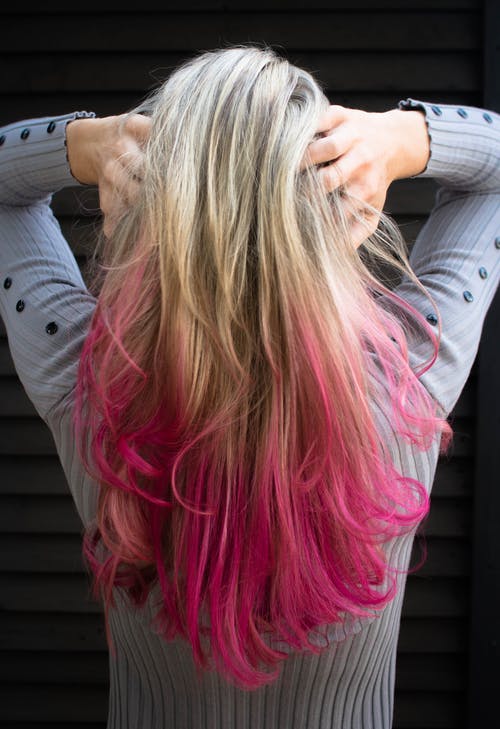
Trimming and Blow-drying:
Once you have a tint or shine, you can cut it and dry it. If you have a meaningful haircut on the same day as the balayage, your stylist will likely cut your hair while it’s dry before applying the highlighter, so your colourist doesn’t have to waste time lightening the hair. Those will be neat. However, if you only get one cut, this is done after lightening your hair to seal the colour at its ends into the hair. After the cut, watch your new balayage colour come to life while maintaining your balayage.
Read More: Pleated Skirt The Never-Ending Trend And Some Of Its Dynamic Styles
What should you do if your Balayage goes wrong?
If you’ve had a Balayage but aren’t happy with the results, don’t worry. That can be fixed but may involve damage-based colour grading.
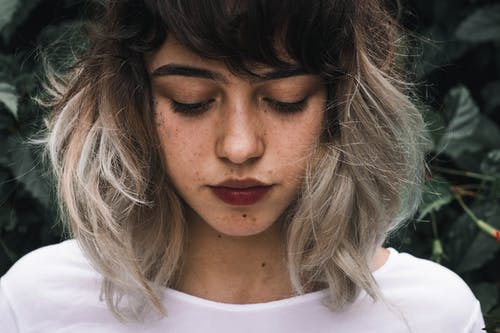
That can involve various techniques, including merging the roots and blending into the balayage or gradation and restarting. Always contact a professional for advice and advice.
CREATE DIFFERENT TONES IN THE SAME OVERALL COLOR
The brunette doesn’t just have to be brunette, and the red only has to be red. Adding tons of gold, copper, mahogany, and purple can result in bolder hair hues. For a multi-tone palette, choose one stone as the base or base colour and another tone to add variation. Here is a sample comment that would work:
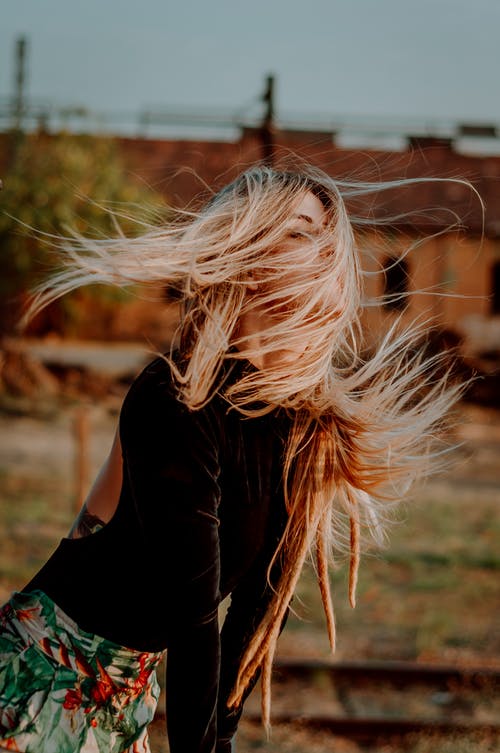
If your base colour as a brunette is a medium brown with golden highlights, you can add mahogany or reddish-brown tones to vary.
Just apply your base hair colour and touch the roots as you usually would. Then, take small sections of hair and comb the colour variation over these small, enhanced sections, searching through the area where the root colour ends.
Use the tint brush to paint the two colours on different sections of hair alternately.
Leave on for 35 minutes as usual before shampooing.
BALAYAGE… YOU GOT IT
As you add highlights, lowlights, or a new shade, you can always start with 3-4 pieces until you feel more confident in your application and add more as you fall in love with the style. If in doubt, you can pin the front crown area of your hair and apply the balayage highlights below for a less visible look. From lowlights and highlights to full colours, the hair colour must be fun. And don’t forget, we’re here to help. Our team of colourists consists of professional and licensed colourists who will help you find the perfect shade, its application, and your colour care.
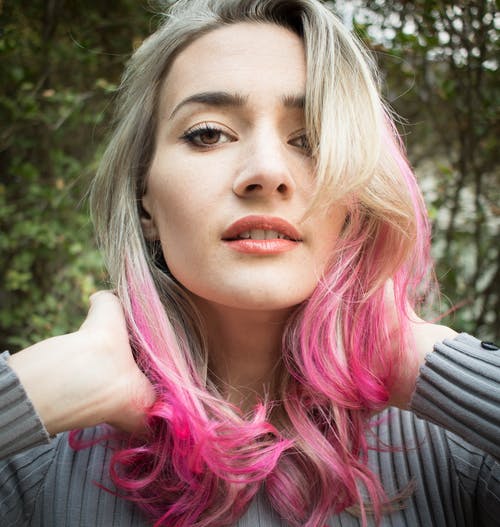
Read More: The Finest Sundresses To Wear In Spring And Summer
